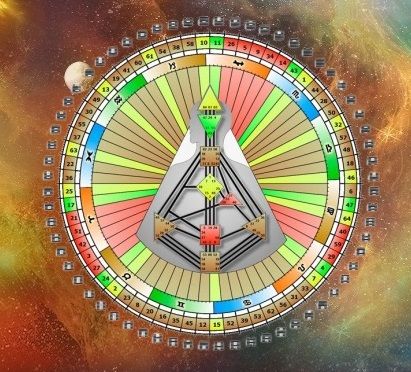Over the last several years, the design and planning profession has gained significant understanding of what constitutes a normalized and therapeutic environment. When considering architectural design that calms and offers health this may seem more appropriate for health care needs, but professionals working in Corrections like facility managers, health care workers, architects and designers A+D also recognize that this need.
As medical specialists peer further into correction inhabitants, it is becoming evident that large percentages fight with psychological and addiction disorders. Moreover, populations are increasing in quantity and in age. Since most under human design will go back to our communities, concerns grow that the more frequently we elect to warehouse instead of humanize and rehabilitate, the greater the negative impact this sector of the populace will continue to have on public health and wellbeing.

In the dawn of the 21st century, correction demographics report populations are aging, have more physical and mental disabilities, and include more women and juveniles. These figures indicate the industry must address more complicated problems than mere warehousing and overcrowding. This has inspired many architects and planners to rethink how we design and manage Correctional facilities. The first change with this was seen in 1983 as national prisons switched from linear facility designs to triangles and squares. It had immediate effects. Still, the flip side to the smaller pod design and the change to assisting prisoners modify their behaviour essentially generates more contact between them and correctional officers, and can stretch resources to the limit.
According to Witco, now an architect and justice adviser with The Durant Group in Madison, this has provided opportunities to A+D to think that the possible and bring forth eyesight. The challenge becomes that of parallel concerns: how to change the manner Folks behave, control inmate disruptions, and protect vulnerable people. As stated by the leading experts in the area, the greatest Correctional facilities recognize the challenge of creating spaces which do not confine the soul or crush self-esteem, while also sending an unmistakable message of order. All Things are manipulated through Electromagnetic Energy Electromagnetic energy is used by the body and the brain to do everything an embodied being needs to perform. When we process a thought in our heads, it has to go through a series of EM firings from the mind, and these firings communicate with the body, leading to an action.
However, design and planning within Correctional facilities, more than any other construction types needs a deep comprehension of a layering of issues all of which may be life-enhancing and life threatening. Again, based on if the facility is of minimum, medium or maximum security plays a distinctive role in the decisions concerning planning, design, and also the human element.
